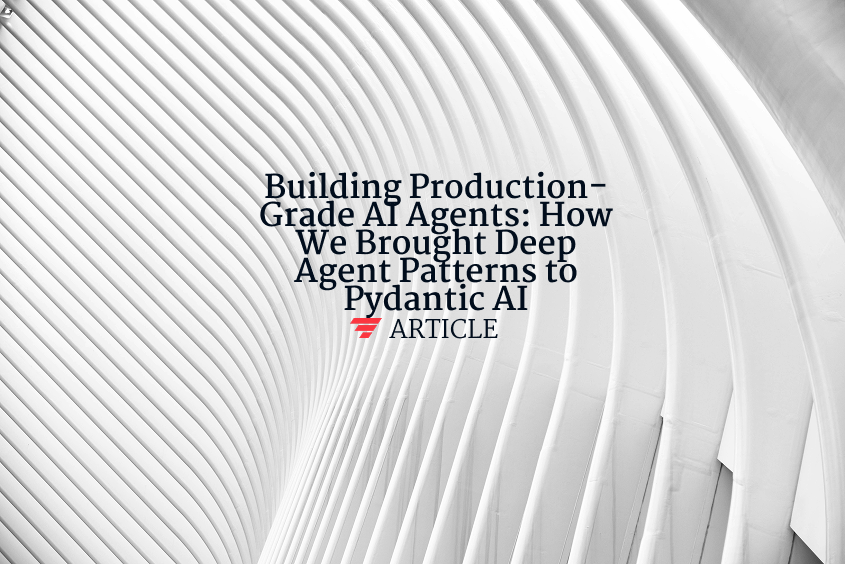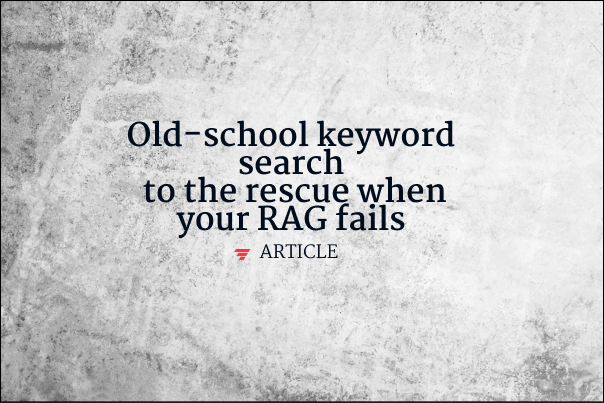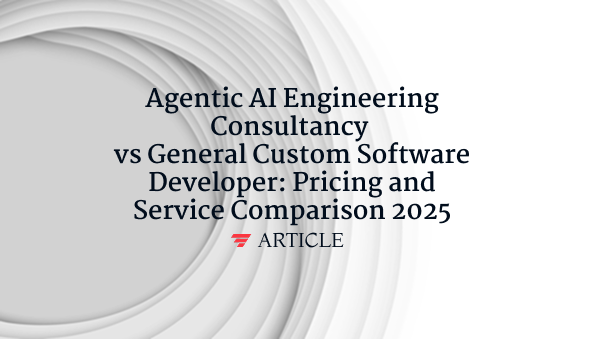Zero-Shot Model
Zero-shot model is a machine learning system capable of performing tasks or making predictions on classes, domains, or scenarios it has never encountered during training, leveraging learned representations and semantic understanding to generalize beyond its training distribution. These models achieve zero-shot capabilities through techniques like semantic embeddings that map unseen categories to learned feature spaces, pre-training on diverse datasets that enable knowledge transfer, and instruction-following abilities that interpret novel task descriptions. Common implementations include CLIP for vision-language understanding, large language models that follow natural language instructions, and cross-modal models that bridge different data modalities. Zero-shot models eliminate the need for task-specific training data, enabling immediate deployment across new domains and rapid adaptation to emerging requirements. The approach relies on compositional understanding, where models combine learned concepts to handle novel situations. For AI agents, zero-shot models provide flexible reasoning capabilities essential for autonomous operation in unpredictable environments.
Want to learn how these AI concepts work in practice?
Understanding AI is one thing. Explore how we apply these AI principles to build scalable, agentic workflows that deliver real ROI and value for organizations.




